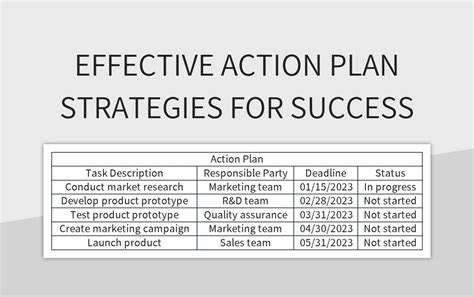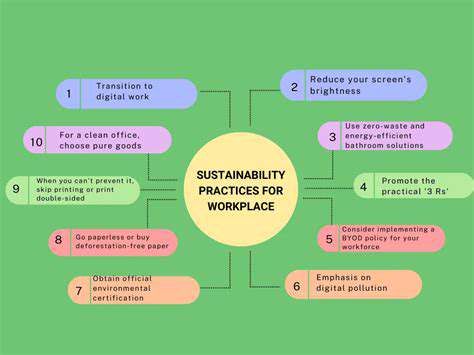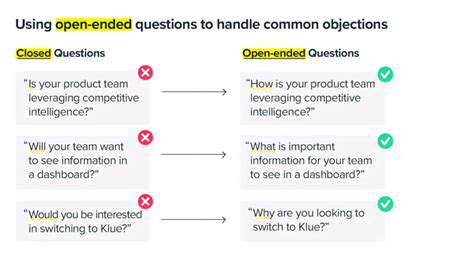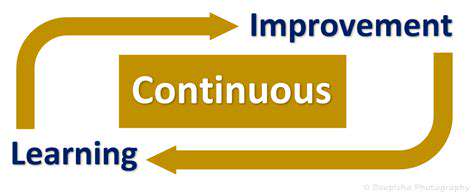How to Create a Business Plan
A robust operational plan outlines the specific steps, procedures, and resources needed to execute your business strategy. This includes everything from daily tasks and workflow management to inventory control and customer service protocols. Defining clear roles and responsibilities within your team is crucial, ensuring smooth operation and accountability. A well-structured operational plan sets the stage for efficiency and helps avoid bottlenecks that can hinder your business growth. Effective communication channels between departments and teams need to be established. This will facilitate timely information sharing and problem-solving, minimizing disruptions and maximizing productivity.
Consider the physical space needed for your business, including office space, storage, and any necessary equipment. This section should also detail the procurement of materials and supplies, as well as the process for handling deliveries and returns. The operational plan should incorporate a system for monitoring key performance indicators (KPIs) to track progress and make necessary adjustments.
Marketing Strategy: Reaching Your Target Audience
Your marketing strategy should focus on identifying your target audience and developing effective ways to reach them. Understanding their needs, preferences, and online behavior is essential for creating targeted campaigns. Researching competitors' strategies and identifying potential market gaps will help you to differentiate your brand and attract a loyal customer base. You need to consider various marketing channels including social media, email marketing, content marketing, and paid advertising to effectively reach your desired demographic. Crafting a compelling brand message that resonates with your target audience is critical.
Determining the appropriate budget allocation for marketing activities is also important, as is tracking and analyzing the results of different campaigns. This will allow you to optimize your strategies and improve ROI over time. Understanding the importance of measuring campaign success and adapting your strategy accordingly is key to achieving your marketing goals. A well-defined and executed marketing plan is essential for building brand awareness and generating leads.
Financial Projections: Forecasting Revenue and Expenses
Financial projections are vital for assessing the financial feasibility of your business and for securing funding. This section should detail your projected revenue streams, including sales forecasts, pricing strategies, and anticipated customer acquisition costs. Careful consideration should be given to outlining your expected expenses, including operating costs, marketing costs, and administrative costs. Accurate financial projections require careful research and analysis of market trends and industry benchmarks.
Developing a realistic cash flow projection is crucial for ensuring your business has enough capital to cover its short-term obligations. This will help you to identify potential funding gaps and develop strategies to mitigate them. Incorporating contingency plans into your financial projections will help you to adapt to unexpected changes or challenges in the market. Understanding your break-even point and profitability margins is critical for long-term success.
Sales and Distribution: Reaching Potential Customers
This section should detail your sales strategy, including the sales channels you will use, the sales process, and the sales team structure. Effective sales strategies should aim to identify and qualify potential customers, build relationships, and close deals. Determining the most effective sales channels for your product or service, whether through direct sales, online platforms, or partnerships, is crucial for reaching your target market. A strong understanding of your sales cycle and the steps involved in converting leads into customers is key. Consider the logistics of getting your product or service to your customers, including distribution channels, inventory management, and fulfillment.
Legal and Regulatory Compliance: Ensuring a Smooth Operation
Understanding the legal and regulatory environment in which your business operates is essential for avoiding potential legal issues and maintaining compliance. You need to research and understand the relevant laws and regulations that apply to your business, including licensing requirements, tax obligations, and employment laws. This includes identifying potential liabilities and risks associated with your business operations. A clear understanding of intellectual property laws and regulations is important to safeguard your business's innovations and creations. Consult with legal professionals to ensure you have a strong foundation to avoid any legal issues or penalties. This part of the business plan is critical to long-term success and protects your business from potential legal problems.


![Guide to Learning [Specific Photography Niche, e.g., Portrait Photography]](/static/images/32/2025-05/CompositionTechniquesforVisuallyAppealingPortraits.jpg)








